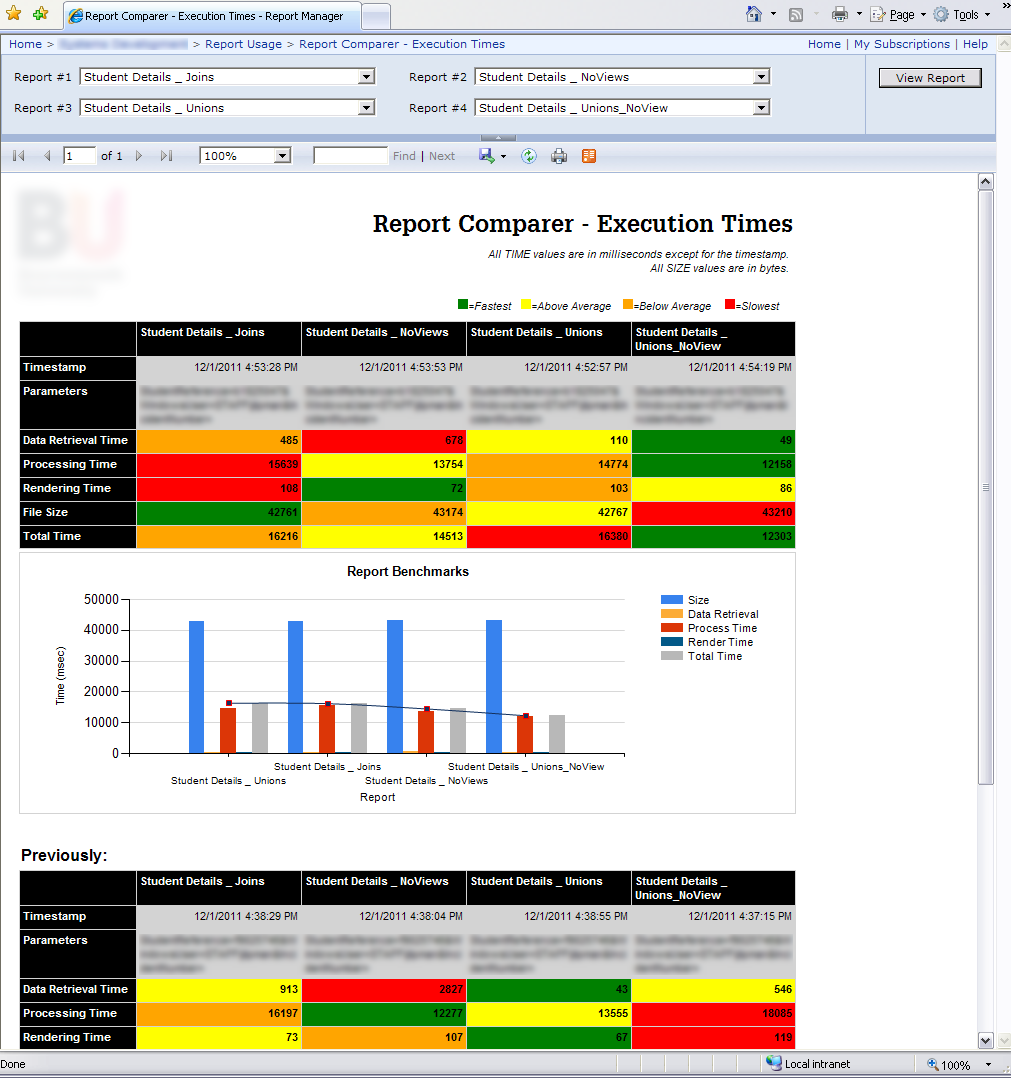Why?
We have a stored procedure which contains two select queries. The first query will retrieve a student ID number where the input parameter is the student's username. The second query will return data using the student ID number found in the first query. The stored procedure compiles successfully and without any warnings.
So What?
The problem is that if the student does not have a username but has an ID number, then the first query returns NO ROWS and then the second query errors and the whole stored procedure fails. The same problem happens when using these as a subquery which has an empty result set.
Furthermore
I am using this stored procedure in a SQL Server Reporting Services (SSRS) environment and don't want to return any rows if there are no matches (not a blank row either) as one of my reports uses a row counter to display a "No data found" message when no rows are returned. This does not affect the above problem as the stored procedure simply fails and discontinues processing the overall report.
How?
Browsing the web for a solution, most suggest using NVL() but this only replaces a NULL value with a string of your choice; and even if you NVL all returned fields, no rows are returned, and not a row of NULL/blank/empty values. Sounds confusing? That's just me, the answer was using two NVL functions which allowed the stored procedure to return no rows without erroring (ie. where rownum/rowcount = 0).










